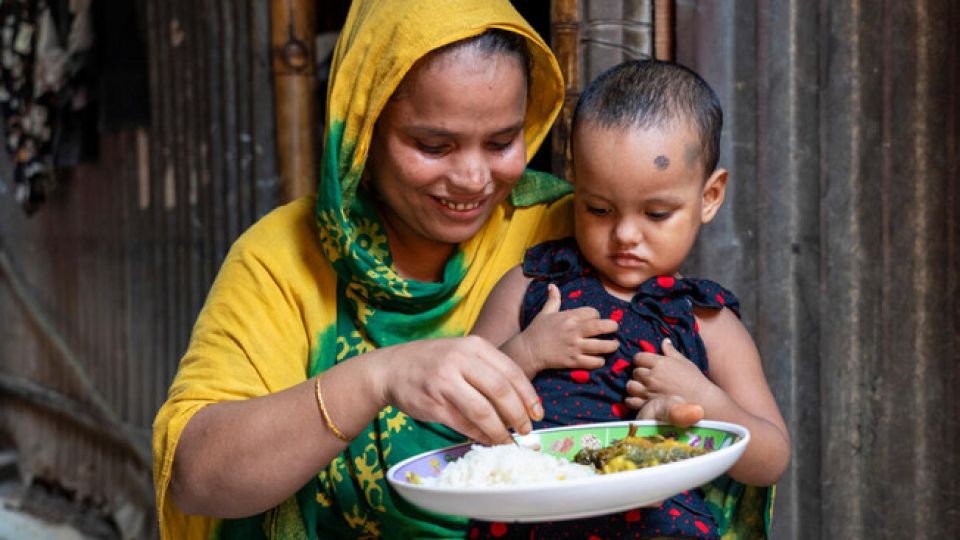October 30, 2025
DHAKA – At least 1.6 crore people in Bangladesh are facing severe levels of acute food insecurity, and 16 lakh children are acutely malnourished, says a new report prepared by the interim government and development partners.
The national analysis on acute food insecurity and acute malnutrition was shared at a workshop convened by the Ministry of Food, together with the Food and Agriculture Organization (FAO), Unicef, World Food Programme (WFP), Action Against Hunger and Save the Children at the Bangladesh-China Friendship Conference Centre in Dhaka today.
In 2024, the same analysis revealed 2.35 crore people in Bangladesh were facing high levels of food insecurity.
The analysis was conducted in April 2025, using the Integrated Food Security Phase Classification (IPC), a globally recognised tool that helps governments and humanitarian actors understand the severity and geographic spread of food insecurity and malnutrition.
Conducted in April 2025, using the IPC methodology, the analysis reveals that between May and December 2025, an estimated 16 million people across 36 districts of Bangladesh and in the Rohingya camps — 17 percent of the 96 million people analyzed — are projected to face crisis or worse levels of food insecurity.
“Among them, 361,000 people are expected to be in emergency conditions, requiring urgent humanitarian assistance to meet their basic food needs,” WFP said in a statement.
In 2025, the highest incidence of acute food insecurity was observed in Cox’s Bazar, where both Rohingya refugees, particularly in Ukhiya and Teknaf, and surrounding local populations are experiencing high levels of food insecurity.
Beyond these refugee-hosting areas, several other districts across Bangladesh are also at high risk, including Sunamganj, Barguna, Bandarban, Noakhali, and Satkhira, where around 25 percent of people are experiencing high levels of food insecurity.
Among the Rohingya refugees in Cox’s Bazar and Bhasan Char, around 445,692 people, representing 40 percent of the analysed refugee population, are projected to face high levels of food insecurity or even worse conditions.
Key drivers of food insecurity include climatic shocks such as the widespread flooding in 2024, which severely disrupted livelihoods and slowed recovery; economic shocks, including persistent inflation and market volatility that weakened purchasing power, especially for low-income groups; and humanitarian funding cuts combined with increased needs among the Rohingya population.
The analysis highlighted a worrying nutrition crisis.
Among children aged 6–59 months, 1.6 million are suffering or expected to suffer from acute malnutrition throughout 2025.
This includes nearly 144,000 cases of Severe Acute Malnutrition (SAM), a life-threatening condition that requires immediate intervention, and about 1.4 million cases of Moderate Acute Malnutrition (MAM).
“Furthermore, nearly 117,000 pregnant and breastfeeding women are expected to suffer from acute malnutrition in the same period,” the report added.
Food Secretary Masudul Hasan said the latest analysis provides a sobering picture of the current state of food security and nutrition in Bangladesh, which requires urgent action.
“Today’s workshop is a vital step in ensuring that these findings are not just reviewed but translated into coordinated action,” he said, expressing the government’s commitment to protect the most vulnerable people.
Key recommendations of the analysis include delivering life-saving humanitarian assistance to populations in emergency conditions; expanding shock-responsive social safety nets for vulnerable groups; providing emergency agricultural and livestock support; supporting livelihood restoration, especially in flood-affected areas, among others.


